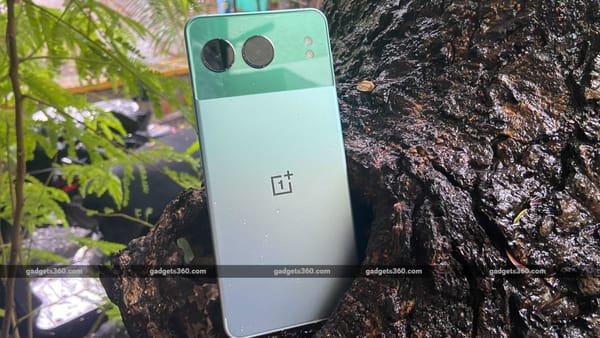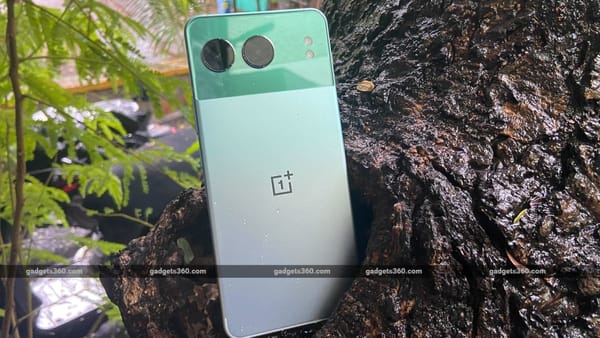Reviving the Fashion Industry: A Sustainable Solution

Introduction
The fashion industry faces a significant problem of wastage, with a large amount of returned items, despite being in good condition, often ending up in landfills. A recent report by Optoro revealed that approximately 9.5 billion pounds of returns were disposed of in landfills in 2022 alone. In response to this issue, (Re)vive, a New York-based startup, aims to assist companies in finding a more sustainable solution for their returned items.
The (Re)vive Approach
- (Re)vive receives products that retailers have deemed unsellable due to minor damages.
- The items undergo restoration processes such as cleaning, repairs, and quality checks.
- Revived items are either resold in-store for current season products or through third-party channels like eBay and Poshmark for out-of-season goods.
- A data platform developed by (Re)vive helps retailers monitor and manage their returned inventory effectively.
Innovative Technology
- Founder and CEO Allison Lee introduced a software solution that enables quick sorting, labeling, and decision-making on returned items.
- The software provides retailers with insights into the returned SKUs and potential revenue from salvaging and reselling these items.
Environmental Impact and Business Benefits
- As pressure mounts on retailers to reduce waste and minimize environmental impact, (Re)vive's sustainability initiatives make it an attractive solution.
- The company's services offer a dual benefit of sustainability and profitability for retailers.
- Companies can no longer write off losses from damages as part of normal business operations, making (Re)vive a valuable partner in waste reduction.
Growth and Success
- (Re)vive has experienced a significant increase in demand, with revenue growing nearly 15x in the past year.
- The company underwent strategic pivots from an in-store tailoring service to an online repair portal before settling on its current business model.
- By repurposing damaged inventory, (Re)vive claims to have saved $23 million in Gross Merchandise Value (GMV) and prevented 150,000 garments from ending up in landfills.
Funding and Future Outlook
- The startup secured $3.5 million in seed funding from investors like Equal Ventures and Hustle Fund.
- Despite initial plans to avoid venture capital, (Re)vive opted to raise funds after attracting interest from investors with a deep understanding of the industry.
- The company's focus on sustainability and efficiency positions it for continued growth and success in the evolving retail landscape.
Conclusion
(Re)vive's innovative approach to repurposing returned items not only addresses the fashion industry's waste problem but also provides a sustainable and profitable solution for retailers. By leveraging technology and data analytics, the company offers a streamlined process for managing and monetizing damaged inventory. As consumer and investor demand for sustainable practices increases, (Re)vive's role in minimizing environmental impact while maximizing revenue sets a positive example for the industry.


